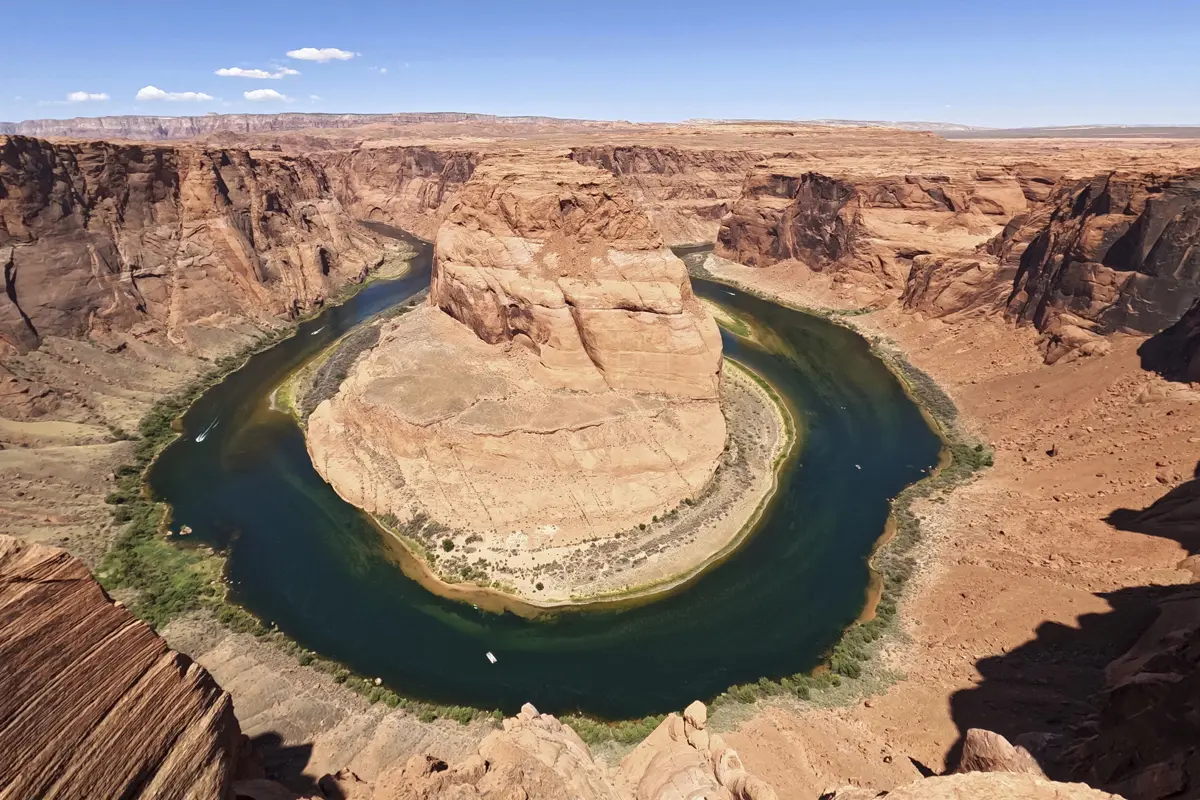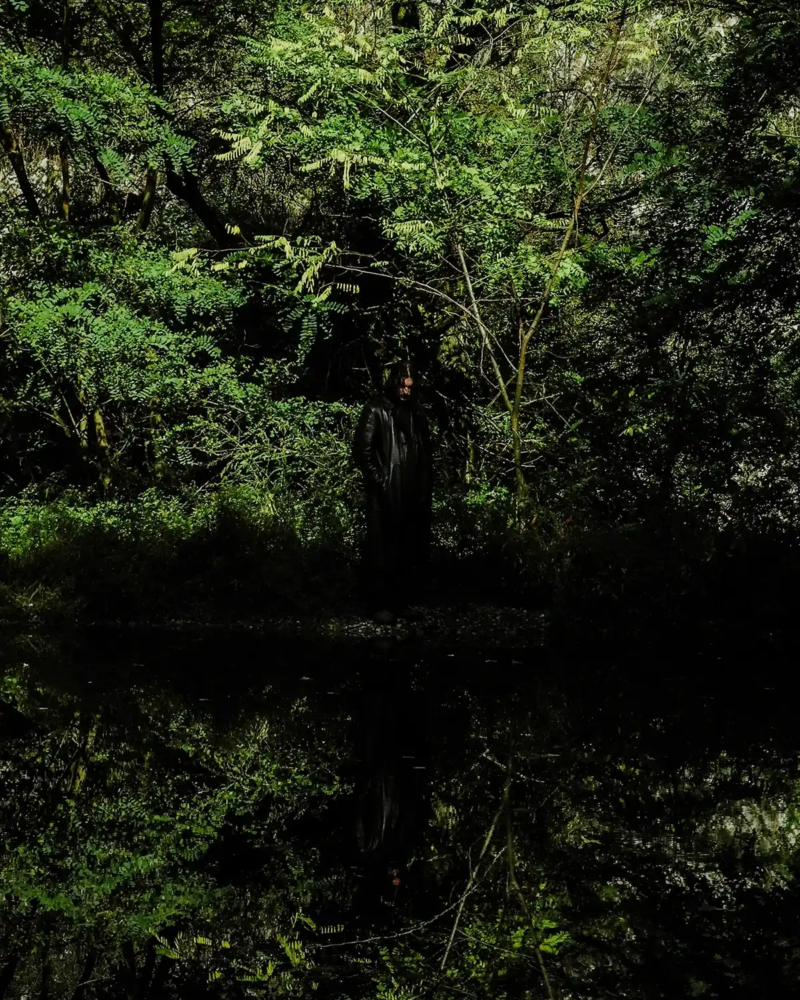
Is cloud seeding a real chance? Colorado and UAE cases
Cloud seeding: from pioneering experiments to contemporary scientific debates. Can weather alteration techniques makeup for land destruction by drought? The Colorado and UAE cases
What is cloud seeding? – Human commitment against desertification and drought: The United Arab Emirates announce deployment of hundreds of clouds seeding mission
The scientifical act to seed clouds and induce more precipitation is possible and it is called cloud seeding. What is cloud seeding? Cloud seeding is a method of altering precipitation patterns, mitigating hail, or dispersing fog to increase rainfall or snowfall. The process involves dispersing substances into the air to act as cloud condensation or ice nuclei.
Despite decades of study, the effectiveness of cloud seeding remains debated, with mixed results on its impact on precipitation enhancement. While environmental and health impacts are considered minimal due to low substance concentrations, concerns persist about the potential accumulation of seeding agents in sensitive ecosystems.
United Arab Emirates are historically reliant on desalination plants that use seawater. There other options to tackle the water scarcity problems that is adding pressure to already restricted freshwater reservoirs.
Cloud seeding: the scientific process and debate over it – which chemical agents are employed during this operation?
Clouds are made up of tiny water droplets or ice crystals that form when water vapor cools and condenses around a tiny particle of dust or salt floating in the atmosphere. Without these particles, raindrops or snowflakes cannot form and precipitation cannot occur. After cloud seeding takes place, the newly formed snowflakes quickly grow and fall from the clouds back to the surface of the Earth, increasing snowpack and streamflow.
Common agents used in this process include silver iodide, potassium iodide, dry ice, and hygroscopic materials like table salt. Techniques range from static seeding, which promotes ice particle formation in supercooled clouds, to dynamic seeding, which enhances convective cloud development by releasing latent heat.
Silver iodide exists naturally in the environment at low concentrations, and is not known to be harmful to humans or wildlife. When storm systems move through one of our cloud seeding project areas, a solution containing a small amount of silver iodide is burned from ground-based generators or released from aircraft. Cloud seeding operation generally runs during the winter season from November to May, when storm systems may actively move through areas that are generally impacted by desertification.
During dry winters when storm systems are absent for long periods and the lands can suffer from prolonged periods of drought, cloud seeding cannot occur, because it requires the presence of moisture-filled clouds. Cloud seeding’s team of experts includes meteorologists who monitor the weather throughout the season for appropriate cloud seeding conditions.
Cloud seeding concerns over the potential accumulation of seeding agents in sensitive ecosystems
Two primary methods for conducting cloud seeding have been identified so far: one is by emitting silver iodide particles from beneath the cloud base and the other is by releasing silver iodide particles from above the cloud. The first involves deploying pyrotechnics or flares attached to aircraft wings, which burn silver iodide beneath the clouds, letting the upward draft from the clouds carry these particles to the cloud’s core. The latter is done using an aircraft that can also discharge electrical pyrotechnics over the cloud tops; once released from the aircraft and onto the cloud, these flares ignite.
Silver iodide may not be the optimal choice. During droughts, clouds may struggle to form droplets using this method, despite containing ample water in minuscule droplet form. Employing a hygroscopic material, such as regular salt, could prove to be more effective for cloud seeding.
After decades of research and application, the effectiveness of cloud seeding remains a subject of debate among scientists, with studies offering mixed results on its impact on precipitation enhancement. Some studies suggest that it is difficult to show clearly that cloud seeding has a very large effect. Environmental and health impacts are considered minimal, given the low concentrations of substances used.
Concerns persist however over the potential accumulation of seeding agents in sensitive ecosystems. Legal frameworks primarily focus on prohibiting the military or hostile use of weather modification techniques, leaving the ownership and regulation of cloud-seeding activities to national discretion.

Cloud seeding operations in the Colorado River basin: a critical water resource for seven basin states in the USA – The U.S. Drought Monitor
According to the U.S. Drought Monitor (USDM), a weekly-updated map showcasing the extent and severity of drought conditions throughout the United States, cloud seeding has been a longstanding practice in states like Utah, Colorado, and Wyoming, with numerous studies indicating the effectiveness of human commitment in weather modification and form storm clouds for precipitations by 5% to 15%.
Since 2007, various organizations have contributed to what is cloud seeding now and the overall budgets in these states. In 2018, commitments to long-term funding were made by several entities, including the Southern Nevada Water Authority, collectively contributing about $1.5 million annually.
In 2023, the Southern Nevada Water Authority made a decision to accept a $2.4 million grant from the U.S. Bureau of Reclamation to finance cloud seeding activities in other Western states whose rivers contribute to the arid desert region. The funding arrived at a critical time as key reservoirs along the Colorado River have reached unprecedented lows, and urban centres and industries in the Western region struggle to adapt to diminishing water supplies.
In this specific area, cloud seeding emerges as a potentially valuable strategy, seeing the necessity of discussions around water conservation within the agricultural sector. Data shows that the effectiveness of long-term cloud seeding projects over the mountains of Nevada have been shown to increase the overall snowpack in the targeted areas by 10% or more per year.
The history of cloud seeding: Human commitment in experimenting with weather conditions to take control over environmental changes
Weather control experiments have been ongoing for the majority of the past century. Vincent Schaefer, a researcher at General Electric, is often attributed with the discovery of what is cloud seeding and the first trials in the 1940s. His work, particularly during and after World War II, focused on preventing aircraft icing by studying ice formation within clouds. Legend has it that Schaefer inadvertently discovered cloud seeding when he placed dry ice in a freezer, resulting in the rapid formation of ice crystals in the air.
In 1946, Schaefer conducted the first official cloud seeding experiment by aircraft, dropping crushed dry ice into a cloud in New York’s Adirondack Mountains, prompting immediate snowfall. Subsequent experiments revealed silver iodide as an effective seeding agent.
Weather modification garnered attention from the U.S. government, leading to funding for experiments ranging from drought monitor and management to military applications. Project Cirrus in 1947 marked the first attempt to modify a hurricane, followed by further efforts, including Project Skywater in the 1960s and early 1970s aimed at enhancing water resources in the Western states. However, many of these endeavours yielded mixed results or were discontinued due to ineffectiveness.
Operation Popeye in the late 1960s and early 1970s saw the military experimenting with weather modification as a tactical weapon in Vietnam. However, these military applications ceased following an international treaty banning weather modification for military purposes in 1977.
In the National Research Council’s 2003 report it is noted that there are still no convincing scientific evidence of intentional weather modification’s effectiveness. Nonetheless, continued research is recommended due to the potential benefits, particularly in addressing water scarcity issues in the Western United States. State water agencies have continued funding cloud seeding operations, underscoring the belief in its fundamental principles despite the ongoing debate and challenges in demonstrating its effectiveness.
US Drought Monitor
The U.S. Drought Monitor is a map that shows the location and intensity of drought across the United States. Meteorologists are in charge of checking variables including temperatures, soil moisture, water levels in streams and lakes, snow cover, and meltwater runoff.







